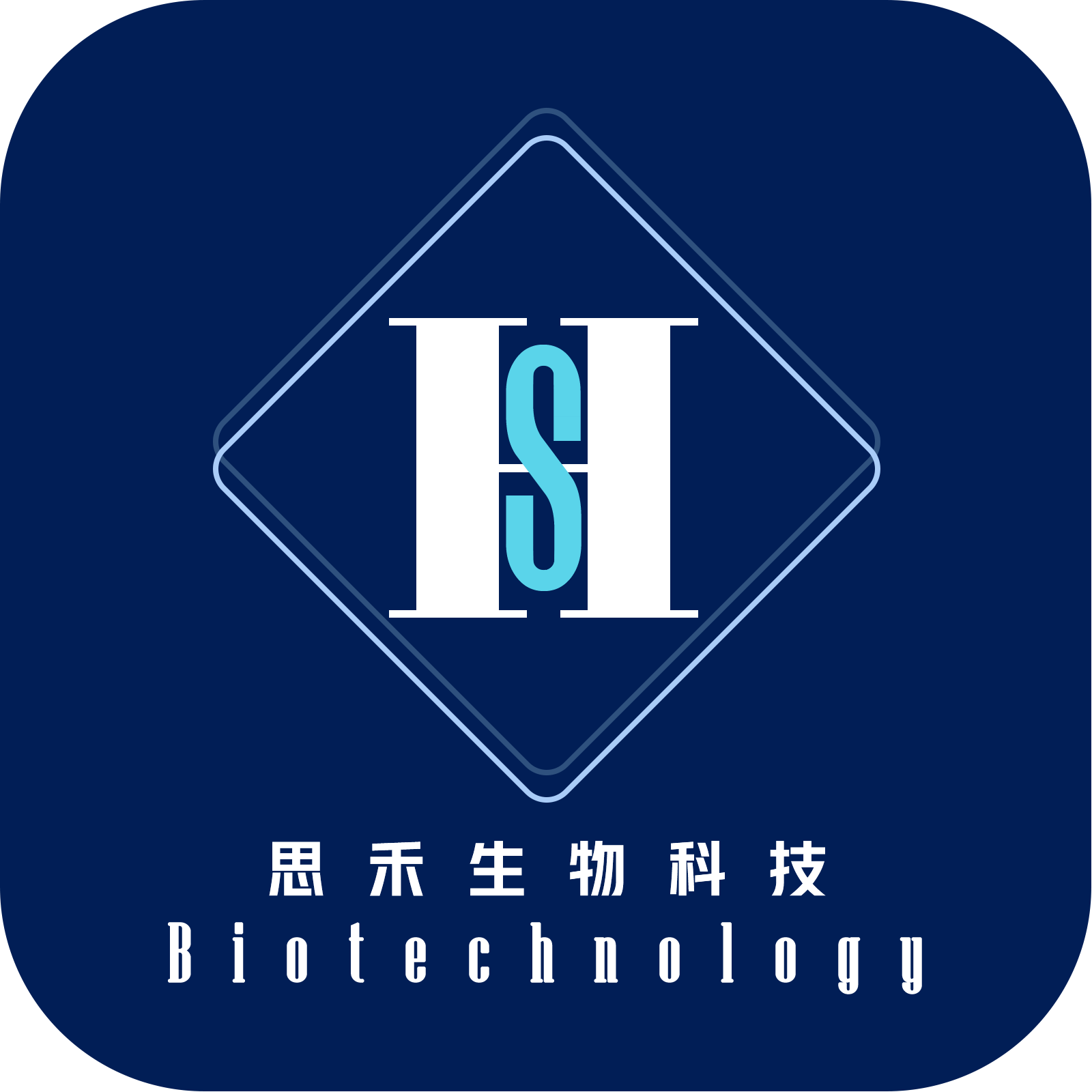Desalination is a fancy way of saying turning saltwater into freshwater. It is the water that we drink, and is extremely significant for our health and day to day lives. Back in the day, fresh water was only available from rivers, lakes and natural springs. All these are natural sources of water. But the more people began to live close to the ocean, the more they needed new methods of getting fresh water; the same old rivers and lakes were no longer guaranteed to be near their homes. This is where desalination steps in and is increasingly essential for supplying people with fresh water across the globe.
As the globe expands, the higher the world population becomes. As the population grows there is greater demand for freshwater for drinking, cooking, and washing. One solution to this issue is deploying large machinery to transform salty, ocean water into fresh, drinkable water that all can consume. There are oceans covering a significant amount of our planet, and saltwater is readily available as well. Desalination uses this saltwater so we can provide fresh drinking water to anyone around the world.
Desalination is becoming easier and quicker, thanks to incredible new technology. A common type of treatment for this is called reverse osmosis. It uses a unique filter known as a membrane to filter salt from water. The salt gets trapped, and the clean water passes through the filter. Technology is making this process faster and less expensive. For everyone that needs fresh water, the good news is that scientists and engineers are constantly on the lookout for better and more efficient methods of getting desalination to work.
But large scale desalinization has the potential to benefit numerous people with inadequate access to fresh water. Other places, like some of the Middle Eastern cities, with less natural freshwater, have used desalination for years. Using this method, they supply fresh water for both their citizens and the tourists that visit their cities. This is why desalination is going to be an important part of ensuring that all people can access all the fresh water they need.
Desalination plants exist in various parts of the world already. These are large facilities where desalination occurs. In China, for instance, a facility in the city of Qingdao generates a whopping 100,000 cubic meters of freshwater a day. To give you an idea of how much water that is, it would fill more than 40 Olympic-sized swimming pools! It is a daily production of fresh water, a testament to the scale of desalination and just how successful it can be at providing for the people.
Desalination on a large scale is a very useful tool to help tackle the world’s water issues. For regions not receiving enough blood by rain or freshwater, it serves as a extreme approach to water scarcity or droughts. By converting salty ocean water into fresh water, these plants can provide water to the parts of the world that need it the most. When people need water for drinking and farming, this is particularly critical, especially in dry seasons.
SIHE is a company that aims to provide people access to clean and safe drinking water. They aim to deliver freshwater to those who need it the most, by employing large scale desalination technology. SIHE's systems assist in converting saltwater to freshwater, which alleviates people’s effort to access the water necessary to live a healthy and joyful life. This matters because it is important for everyone to be able to have enough clean water.

Copyright © Sihe Biotechnology (Jiaxing) Co., Ltd All Rights Reserved | Privacy Policy | Blog